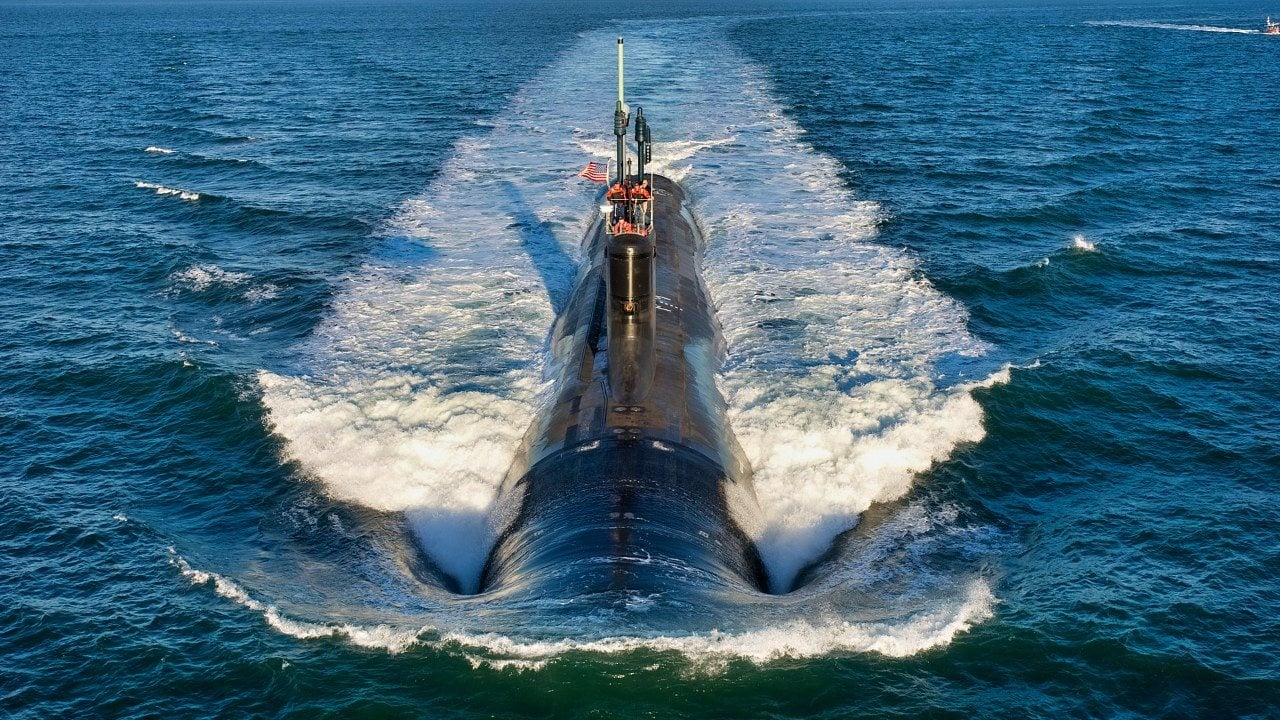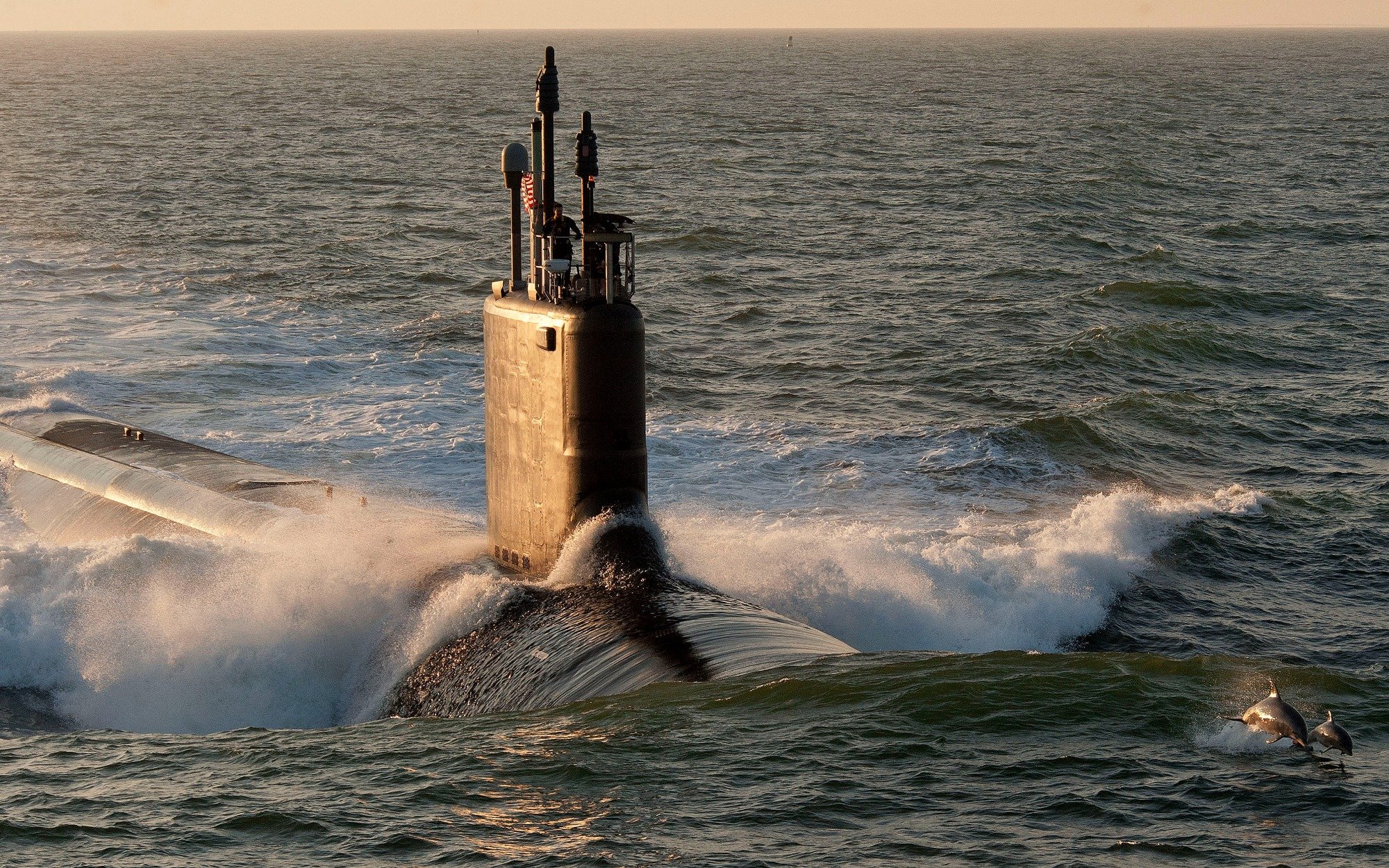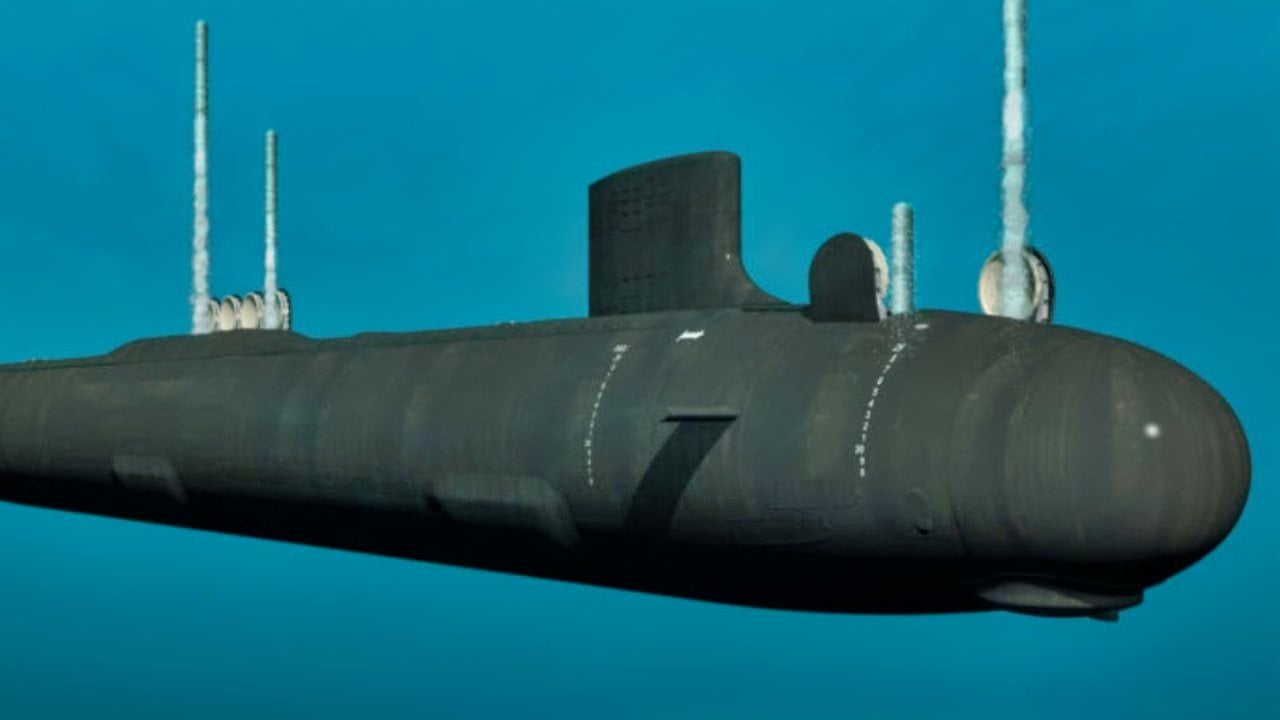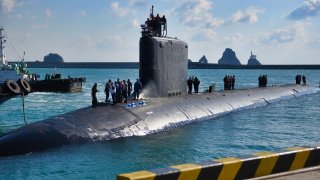The 1 Reason the U.S. Navy Needs Way More Virginia-class Submarines
The U.S. Navy's Virginia-class submarines are among its most advanced, but their numbers are insufficient to meet current and future demands, particularly in potential conflicts with near-peer adversaries like China.
What You Need to Know: The U.S. Navy's Virginia-class submarines are among its most advanced, but their numbers are insufficient to meet current and future demands, particularly in potential conflicts with near-peer adversaries like China.

-America's naval shipyards are overwhelmed, unable to keep pace with production needs, and face significant delays. China, meanwhile, is rapidly expanding and modernizing its submarine fleet, potentially outpacing the U.S. in both quantity and technological advancement.
-The AUKUS agreement, aimed at bolstering allied submarine capabilities, has yet to alleviate these challenges due to similar shipyard issues in the UK and Australia. Without substantial improvements, the U.S. risks a strategic disadvantage in submarine warfare.
America's Submarine Shortfall: Why the U.S. Navy Needs More Virginia-Class Subs
The Virginia-class submarines are one of the United States Navy’s most advanced submarines ever. They have an array of capabilities that make them a real threat to American rivals everywhere. It’s just too bad that there aren’t enough of them. What’s more, it’s unlikely that there will ever be enough of them.
America’s Shipyard Crisis
That’s because America’s naval shipyards are a disaster.
They cannot keep pace with the current peacetime demand placed upon them. And God help us if a war with a near-peer competitor such as China ever erupted, then the U.S. defense industrial base as a whole, specifically the shipyards, would be unable to meet the increased demand from wartime operations.
In other words, the current crop of submarines and warships that the Navy possesses will likely continue to be the only force available, even as these platforms are likely lost in intense near-peer combat.
A Taiwan Crisis Will Break the Current U.S. Submarine Force
Looking at the possibility of a conflict with China over, say, control of Taiwan, the current U.S. Navy’s submarine force is insufficient to stop the threat posed to our friends in the region. We are told that the U.S. submarine force is the most advanced in the world. Perhaps it is, for now.
But, as Mao Zedong is rumored to have once said, “Quantity has a quality of its own.”

China can mass produce its submarine fleet at a significantly higher clip than can U.S. shipyards. They are now marrying that mass production capability to increasingly complex submarine platforms. Today, Chinese scientists are experimenting with a variety of propulsion systems for their next-generation submarines that allow their subs to travel significantly faster than American submarines.
Indeed, China has invested in significant tracking and detection capabilities to identify and snuff out the finite number of U.S. subs before they can be a true threat to Chinese strategic assets.
Thus, in any conflict between a near-peer rival, like China, the United States will have problems with endurance in the conflict. The Chinese will be able to replace their lost systems in combat likely at a faster rate than the Americans, meaning that over time, the U.S. force will be worn down.
AUKUS Not Helping (Yet)
America entered the Australia-United Kingdom-United States (AUKUS) agreement in large part to amplify its regional capabilities by helping the British to supply the Royal Australian Navy with nuclear-powered submarines that would enhance the number of friendly submarines in the region. While there has been some progress in the AUKUS development, both Britain and Australia struggle with similar problems of stifling bureaucracy and underperforming shipyards.
So, should conflict in the Indo-Pacific erupt soon, the Americans will be at a numerical disadvantage in the all-important domain of submarine warfare. Plus, the U.S. submarine force is spread throughout the world whereas China’s is concentrated in the conflict zone. To move the bulk of American submarines to the region once a war occurs, the Americans will have to use increasingly contested waterways that might be sabotaged by Chinese agents.
Other Strategic Considerations
Even the Panama Canal is not immune to conveniently timed problems. Not only does a Chinese state-owned entity manage the canal zone, but Chinese allies, like Venezuela or Iran, are increasingly moving assets into the region that could damage the canal. Further, there are currently water level problems in the Canal Zone that might hinder the movement of U.S. submarines from the Atlantic to the Pacific.
All these are limiting factors for U.S. submarines.

The Virginia-class submarines were intended as a more affordable alternative to the Navy’s sophisticated Seawolf-class submarines. According to Military.com, there are a meager ten submarines currently serving in this class. Six of these submarines are assigned to the U.S. East Coast, meaning they are primarily deployed in the Atlantic. A piddly four are assigned to the Indo-Pacific region along the U.S. West Coast and in Hawaii.
Meanwhile, seven additional units have been under construction, some as far back as 2009, with two more under contract. The Pentagon has been informed by those sclerotic U.S. Navy shipyards that there will be severe production delays with those submarines still under construction.
Here are more limiting factors to this essential component of the U.S. submarine fleet. Especially when considering that the legendary, albeit aging, Los Angeles-class attack submarines are being retired at a far faster rate than they can be replaced.
Again, more problems.
Little Warning
There will be little warning if the Chinese take a hit on Taiwan. In all probability, the Chinese will seek to initially blockade and then spend weeks, months, or maybe years depending on the slowness of the U.S. response, before ever attempting a land invasion. The Americans must do everything in their power to clean up its shipyard mess, increase productivity there, and produce many more submarines to have the kind of strategic endurance that will be needed to combat China’s growing Navy.

The Virginia-class submarines, with their arsenal of torpedoes, missiles, and maneuverability are a key component of America’s submarine force.
We lack them. China knows this.
Therefore, China can defeat the U.S. Navy over the long term in a straight-up regional war.
About the Author
Brandon J. Weichert, a National Interest national security analyst, is a former Congressional staffer and geopolitical analyst who is a contributor at The Washington Times, the Asia Times, and The-Pipeline. He is the author of Winning Space: How America Remains a Superpower, Biohacked: China’s Race to Control Life, and The Shadow War: Iran’s Quest for Supremacy. His next book, A Disaster of Our Own Making: How the West Lost Ukraine, is due October 22 from Encounter Books. Weichert can be followed via Twitter @WeTheBrandon.
All images on the page come from Shutterstock or Creative Commons.
From the Vault
Russia Freaked Out: Why the U.S. Navy 'Unretired' the Iowa-Class Battleships
Battleship vs. Battlecruiser: Iowa-Class vs. Russia's Kirov-Class (Who Wins?)


